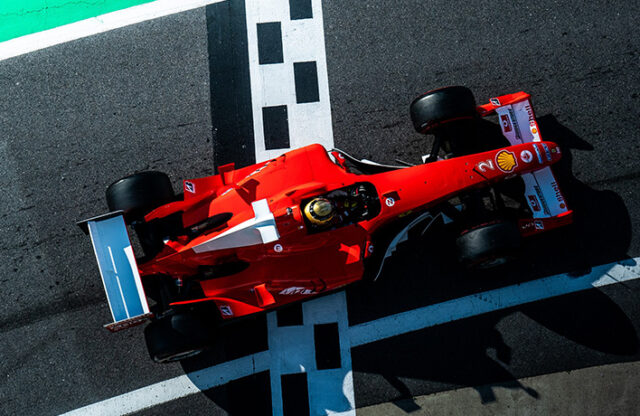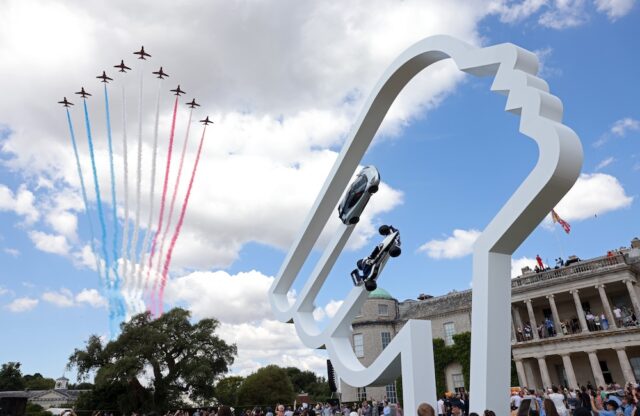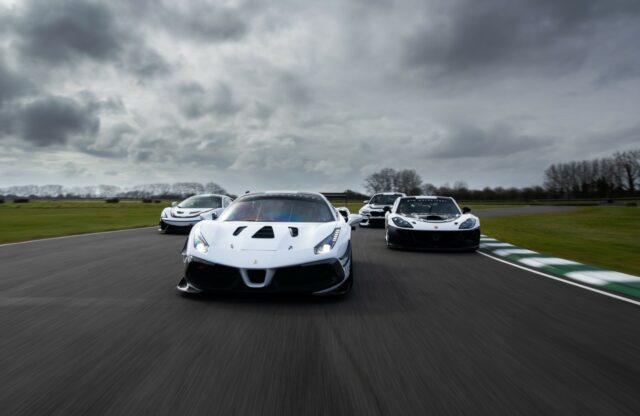WORDS: NATHAN CHADWICK | PHOTOS: FERRARI
“This is unique – only Ferrari could do this,” says Olivier Beretta, former Formula 1 driver and class winner at Le Mans, now instructor for the Ferrari Corse Clienti’s XX and F1 programmes.
“This” really is a sight to behold, a sound to be savoured and, if you stand in the right place at the right time, one to be felt, as Maranello machine machinations ripple through your flesh and blood while their drivers push the limits on what must be the ultimate track-day experience. Magneto followed the Corse Clienti weekend for the two most recent events of the 2023 season. Silverstone was a chance for the lucky few to blast around one of the fastest tracks in the world, with British Ferrari fans and owners soaking up a kaleidoscope of colour around the paddock, unified by a little yellow badge.
Finali Mondiali, however, is even more special – a feast of Ferraris old, new and future, with Maranello debuting its latest wares for an adoring Tifosi. For 2023 the event was held at Mugello, which is nestled in the rolling hills about an hour’s drive north of Florence. Mugello might not be quite as fast as Silverstone, but as screaming F1 engines reverberate around the track’s natural amphitheatre, it’s hard not to be swept away by a unique vibe that pulses to a distinctive Maranello beat. In all, 19 F1 cars made the trip to Mugello, along with 56 XX Programme cars. The big news, however, was off-track – but more of that later.
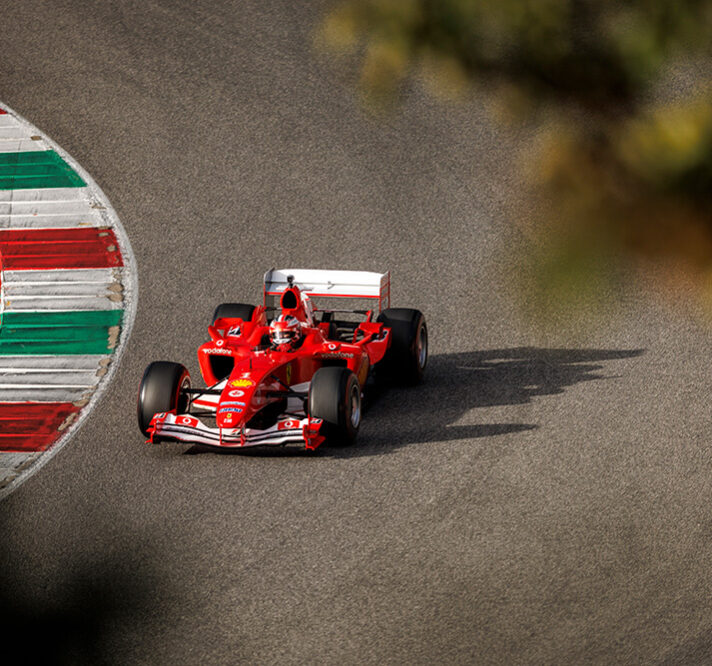
We made the engines, the chassis… and we’ve still got all the parts to remake every car
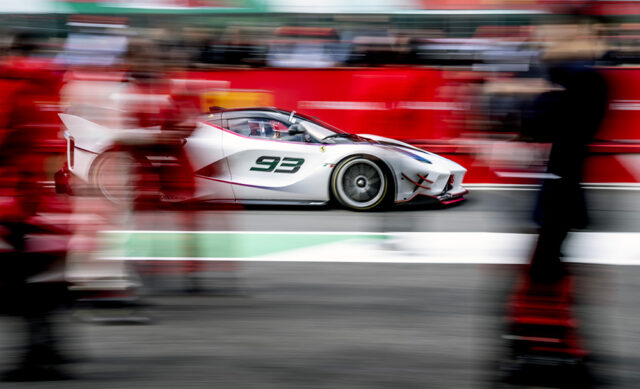

The XX Programme concept is simple: since 2005, it’s been Ferrari’s official track-day programme, with bespoke models such as the FXX, 599XX and FXX-K developed specifically to take part. Ferrari says the lessons learned through building these cars, without the restrictions of competition homologation, directly translate to eventual road machinery. While you can store the cars in your collection, they can be run solely at Ferrari-organised events, and only once they’ve been checked over by the marque’s mechanics.
The programme runs in tandem with F1 Clienti, which since 2003 has allowed Ferrari’s customers to acquire F1 cars and drive them in special sessions during Corse Clienti/Ferrari World Challenge weekends. The whole travelling show, which criss-crosses the globe, is looked after by former Scuderia mechanics – but there’s rather more to it than simply buying a car and turning up in the paddock.
“First of all, you have to find a car,” chuckles Olivier, speaking to Magneto at Silverstone – only a handful of each XX or F1 cars ever come up for sale, and rarely via the open market. “When you enter the programme, you have the opportunity to go to Fiorano, with the team and mechanics ready for you. You have the full day there with no other cars – just yourself, to build up your speed. We make your seat, you discuss the day with the engineers and tutors, and they explain how the steering wheel works. You can even try the simulator before hitting the track. Then, when the day arrives, you can go to the truck, your car is there and everything is ready.”
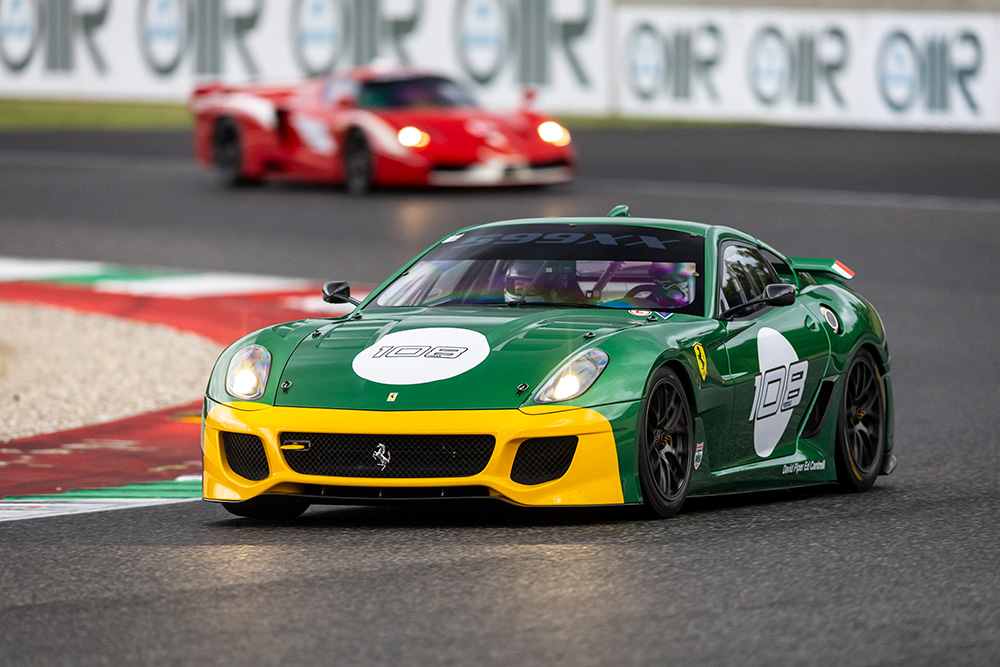
You might think that, before you get behind the wheel of an XX car, let alone an F1 car, you might need to be a racer or even a seasoned track-day enthusiast – but that’s not necessarily the case. “You don’t have to come here and have raced elsewhere – you can come here with no experience, just the passion,” Olivier says. “You might have been watching motor racing on TV or from the pit garages; if you like speed and have the time, you can discover this world.”
There are four main XX cars (plus two Evo models): the FXX and FXX Evoluzione, based on the Enzo; the 599XX and 599XX Evo, very loosely based on the 599 road car; the FXX-K, based on the LaFerrari; and, new for 2023, the SF90 XX Stradale, the first road-legal XX car. “There is no one specific car that is super-easy – all the cars are easily drivable,” Olivier explains.
He says that each of the XX cars have their own character; some cars oversteer more, some cars understeer more, but with the help of the engineers this can be tailored to your taste, as well as to your developing skill level.
“When you are ready you can choose the track – maybe if you feel Silverstone is too fast for your experience, this is not a problem; we can also advise you. If the staff see that you are not ready for somewhere such as Spa or Silverstone, we can suggest other tracks to build up your speed. There is no racing, there is no pressure,” Olivier continues. “What we find is that drivers start in the 599, because they want to see what the XX is like. They want to learn. They start to improve their driving style, building up speed – then they want to move to the FXX-K. Then they start to dream about F1…”
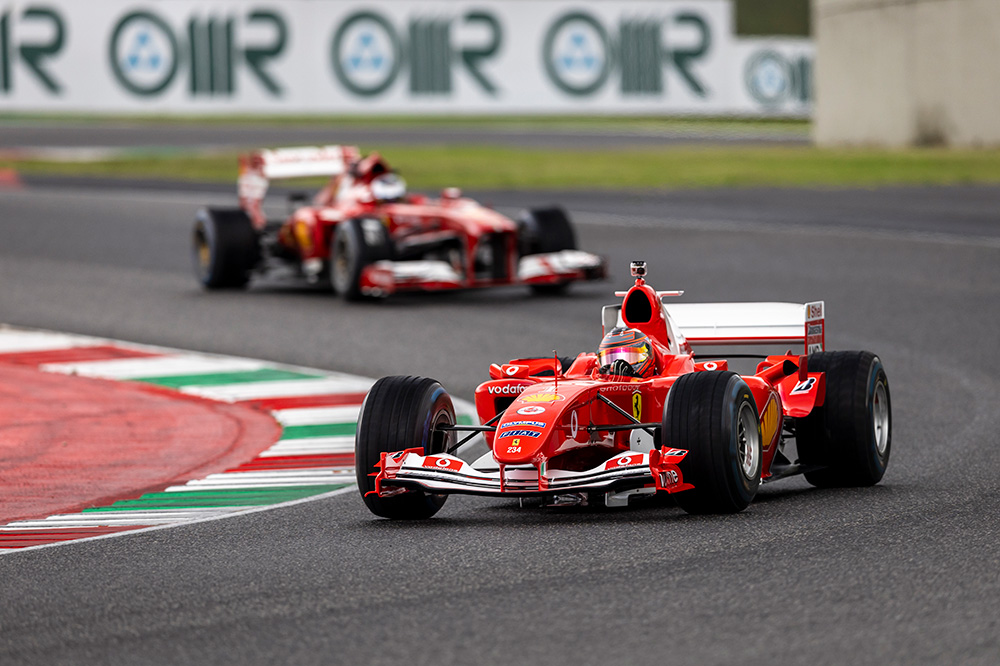
Olivier believes the F1 experience is something that only Ferrari can really offer. “Other companies might be able to take you to Le Mans, or a single-make race series, but they can’t run their F1 cars,” he says. “We made the engines, the chassis… and we’ve still got all the parts to remake every car. Other teams, such as McLaren or Williams, have relied on external engine suppliers, such as Mercedes-Benz and Renault.”
Of course, you might be thinking that you’d need to be just as toned, lightweight and agile as the F1 cars themselves to have a chance of piloting one, but Olivier explains that modern cars are easily adaptable. “Not all our customers are skinny and small, but almost anyone can fit in our F1 cars from 2000 to 2018,” he says. “We also have a physiotherapist at the track, so even if you feel back or neck pain, we have people who can take care of you.”
To illustrate that point, the F1 drivers are diverse – on one hand there’s a father-and-daughter duo who began with a 599XX and moved up to an F1 car, and there’s a gentleman in his 80s who flies in – often literally – to get his fix. However, the XX and F1 programmes have inspired some drivers to take the next step; a few have moved up to the Ferrari Challenge, GT3 and even Le Mans.
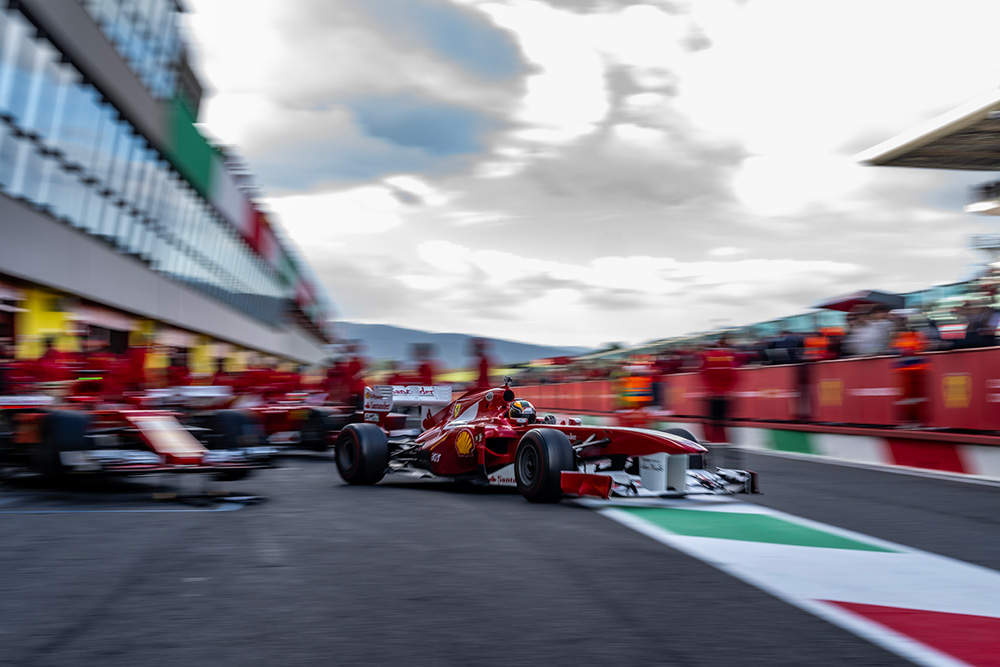
The man charged with getting it all to work is Filippo Petrucci, who heads up the F1 Clienti, XX Programme and Corso Pilota workshop. After joining Ferrari in 1995, he spent 20 years in various roles in the Scuderia before joining Corse Clienti.
“Formula 1 cars are designed to run at very high revs, and it is not ideal for their engines to operate at too low an engine speed,” he explains. “Therefore, one of our clients’ first track lessons is about keeping the engine at very high revs. On the straight, when you can use ‘high’ gears (at least fourth or fifth), we instruct our clients on how to run at full throttle in suitable conditions. In the specific case of our F1 Clienti programme cars, we intervene to lower the [maximum] engine speed by a few hundred revs, not so much to affect performance, but as a way to safeguard engine reliability. We also use engine mappings with a less aggressive delivery than in races, such as softer engine, gearbox and clutch strategies, to maintain the cars’ reliability.”
As a result, the engines and the various component parts, including the transmission, cover at least three times as many kilometres as the equivalent race-specification parts. The tyres, however, are bespoke to the F1 Clienti programme.
F1 cars are notoriously dependent on tyre warmth, and managing them is an art worthy of an FIA Super Licence on its own. To this end, the programme has turned to long-standing collaborator Pirelli to develop specific tyres. “We use what we call Driver Academy tyres, available in soft, medium or hard compounds, and a rain version,” Filippo explains. “These tyres have two distinctive characteristics compared with racing ones – they have a faster warm-up and a wider operating-temperature window, providing greater grip in a wider temperature window.”
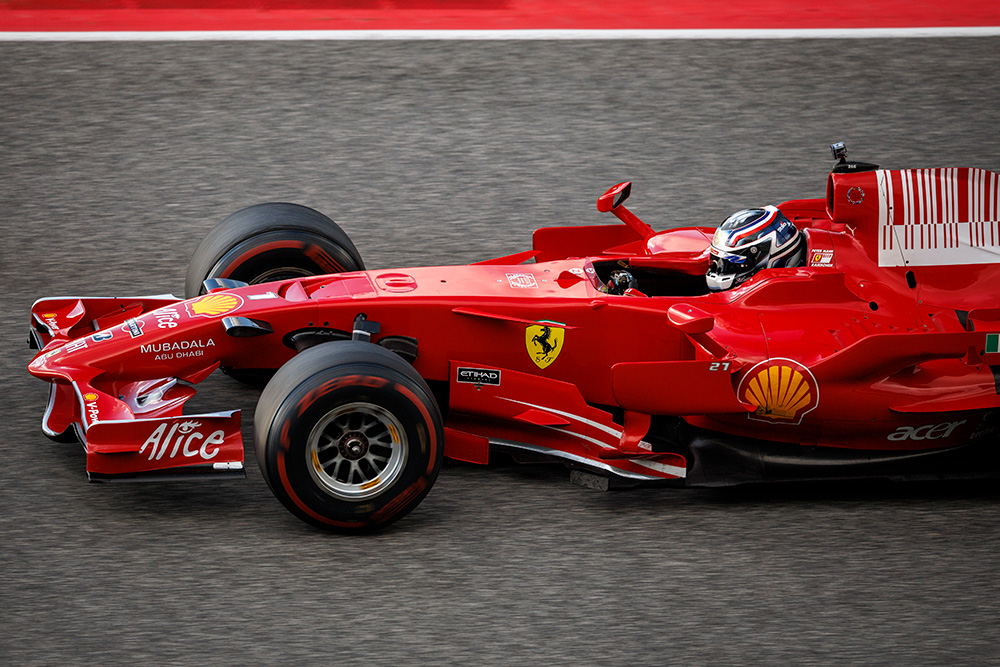
The workshop doesn’t make too many changes to the cars to adjust to ongoing driver development, other than setting them up with medium/high downforce levels to make medium-fast corners easier. Accidents can still happen, but Filippo and his team are on hand to help.
“We have an exceptionally well stocked spare parts warehouse, because at the end of the F1 season we ‘inherit’ all of Scuderia Ferrari’s spares,” he says. “We bring plenty of parts to the track for each event, to make the necessary repairs in case of a component-reliability issue or an accident on the track. If we have the necessary parts in stock, we draw from this reserve and take action. Otherwise, having an historical archive of drawings and three-dimensional models, we can rebuild every component – even an entire engine – for every Ferrari that has competed in the F1 World Championship.”
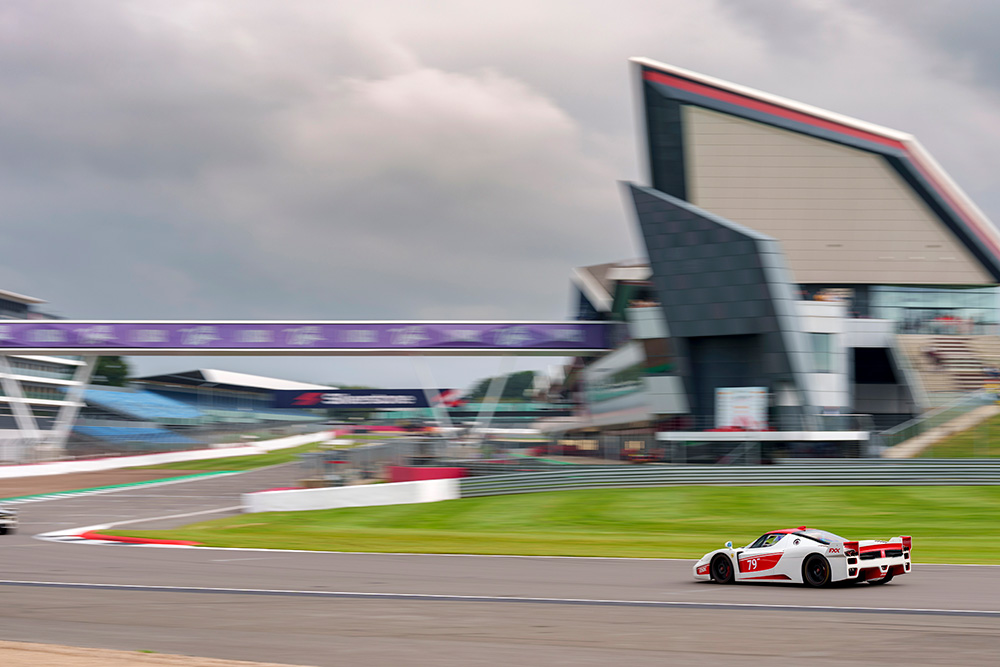
Alex West is a long-standing member of the XX programme, although he admits he was actually a McLaren fan to begin with. “I was born in Finland and grew up in the 1990s with Mika Häkkinen,” he laughs. “However, there’s something special about Ferrari – it’s the way it does things, it just does it better than anybody else. It’s like that Carlsberg advertising line: If Carlsberg did track days, they would be like this.”
Alex eventually gravitated to Ferraris via a Maserati GranSport, and is deeply in love with his manual 430 road car, which he says he’ll never part with. “You have to work at it a little bit, and it’s still exciting at speeds you might not get locked up at,” he muses. “If you take this latest generation of road cars, the speeds that you have to do to feel any sort of excitement are not really acceptable on the road. So you take a road car out on track, and that’s good for a while before you realise the limitations of it being a road car. Then somebody convinces you to try a racing car…”
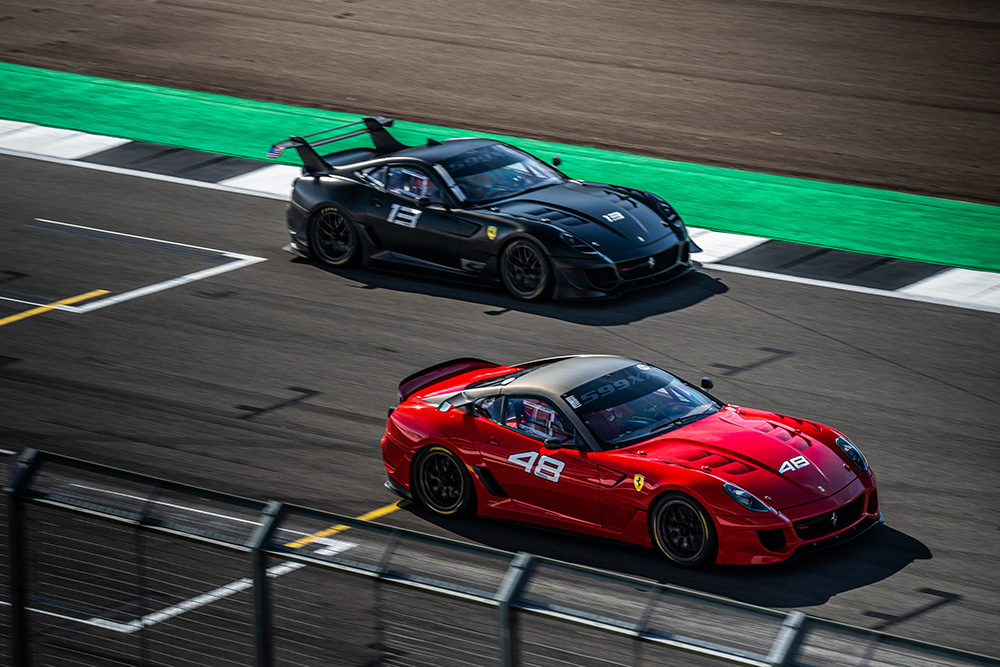
Alex did just that, with the Ferrari Challenge and eventually a GT3 programme. “I was based in Hong Kong, and I heard about the XX Programme. It seemed a strange concept at first – you’ve got to spend a million dollars for a car that you can’t really own; you can keep it at home and then only drive it on Ferrari-sanctioned track days,” he admits. “I managed to find a car, the 599, and that was it – I’m never selling it.”
He also owns Felipe Massa’s 2008 F1 car. “It’s the chassis that won the Brazilian Grand Prix and made Felipe champion for all of 15 seconds before Lewis Hamilton passed Timo Glock,” Alex laughs. “I also have a V10-era car, which sounds fantastic, but the peak period was the V8s of 2008 onwards.”
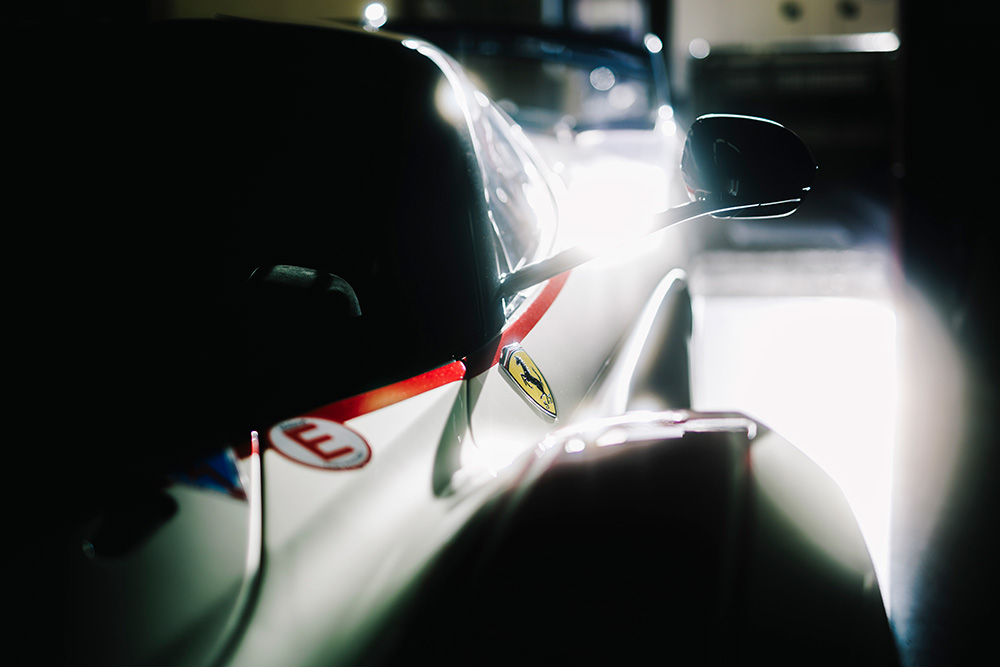
One doesn’t simply trip over F1 cars at a dealer, however. Well, not usually… “I never in my life thought I would own an F1 car,” Alex adds. “After doing a few XX events, I then had a very expensive phone call with my Ferrari dealer. I asked him to let me know if he ever saw an F1 car for sale – he said: ‘Funny you should say that…’ Long story short, my account took a hit and I became the proud owner of an F1 car.”
Alex loves the immersion of the experience. “My mechanic for this weekend was part of the F1 team until two years ago,” he says. “There’s just such a sheer depth of knowledge and talent within the team to be able to run these cars. I’ve done almost 4000km in my F1 car, and I know that because every 2000km there’s an expensive repair bill. But it’s a fantastic experience.”
Alex’s route to the XX programme is the opposite to most participants’, but the laid-back vibe of the XX and F1 programmes suit him better. “You go racing for the weekend, and every corner you’re looking at the data. Shaving off two-tenths here, another here; break later here, accelerate faster here – it’s satisfying, but it’s hard work,” he says. “Here you go out for fun – if you miss an apex, have a little bit of a slide, then so what? You’re out here driving for the sheer fun of it.”
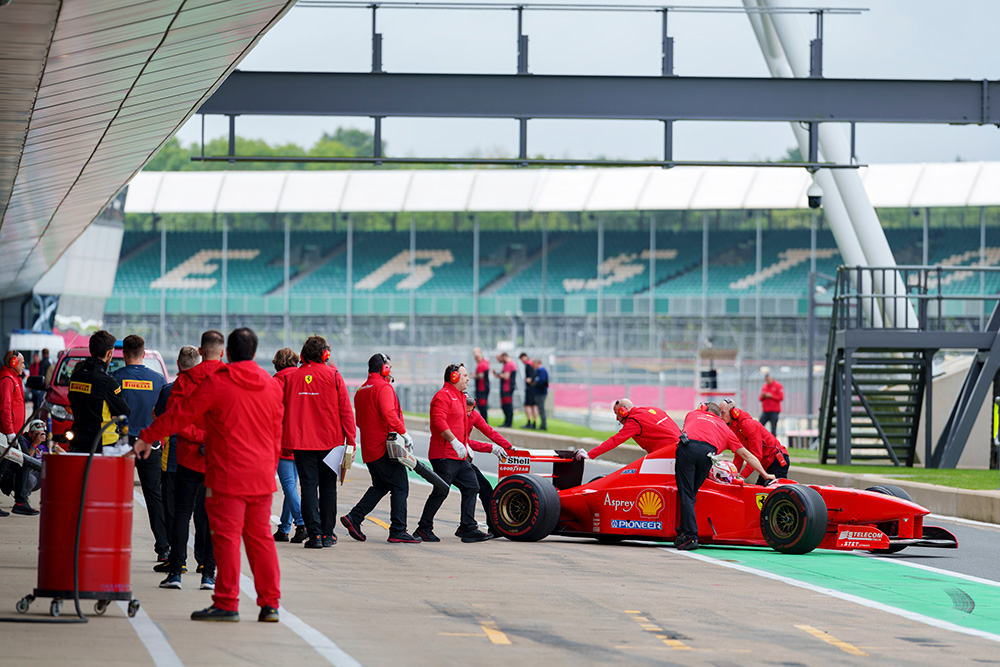
Despite Alex’s racing experience, moving up to the F1 car took considerable mental recalibration. “I remember the first five laps at Fiorano – I started to shift up when the engine started to make a lot of noise. Then I realised that I hadn’t seen any shift lights – I thought, surely this car must have shift lights?” he laughs. “So the next time I came out onto the straight, I floored it – it was one of those Holy Christ moments.”
Alex found adapting to the F1 car was all down to trust – in the car, and in his own abilities. “The sheer amount of power is the biggest difference – the way you accelerate through corners,” he laughs. “However, it’s an easy car to drive – it’s a car that somebody has spent God knows how many millions on making it the ultimate driving machine. You think about how you want to be at the apex, and you’ll be at the apex.”
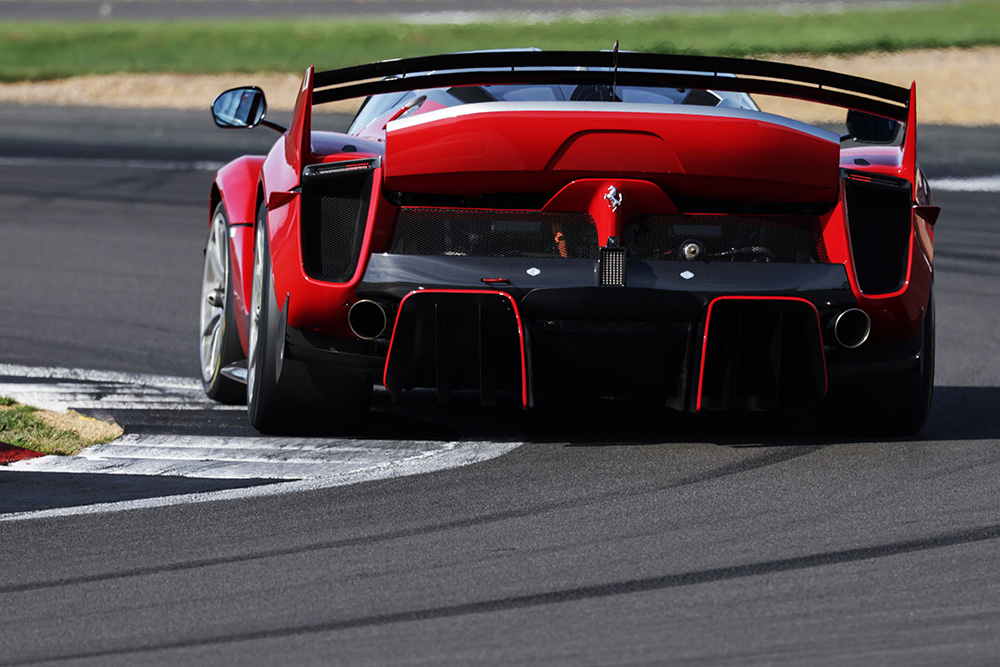
For Aaron Kwok, one of Hong Kong’s biggest actors and singers, the XX Programme allows him to enjoy his passion for speed when he can. “I love to race, but because of my work, maybe you have a job one day, maybe you don’t,” he says; that means committing to a full racing programme just isn’t possible. “This is different – there’s no pressure, but it offers me the chance to learn how to handle a 1000bhp car with my coach, who takes me through it step by step.”
Fast forward to Mugello, and for all the exotic F1 and XX cars at Finali Mondiali, the event was dominated by a new Corse Clienti car – the 499P Modificata. Based on the Le Mans-winning 499P, it is not forced into any balance-of-performance regulations or homologation needs; for example, the electric motors on the front axle are able to serve up their power constantly, rather than only above 118mph as per the World Endurance Championship competition rules.
The result is a car that offers a combined power output of 870bhp (and more via a push-to-pass system), with a suspension and tyre set-up that’s bespoke to the 499P Modificata. Costing €5.1m before taxes, it’s the first car in a new strand to the Corse Clienti programme, entitled Sport Prototipi Clienti. Big money, but it’s very clear just from hanging around the paddocks that this isn’t merely a show of wealth – those taking part are proper enthusiasts, lucky enough to live their dreams, which is reflected in Corse Clienti’s social side.
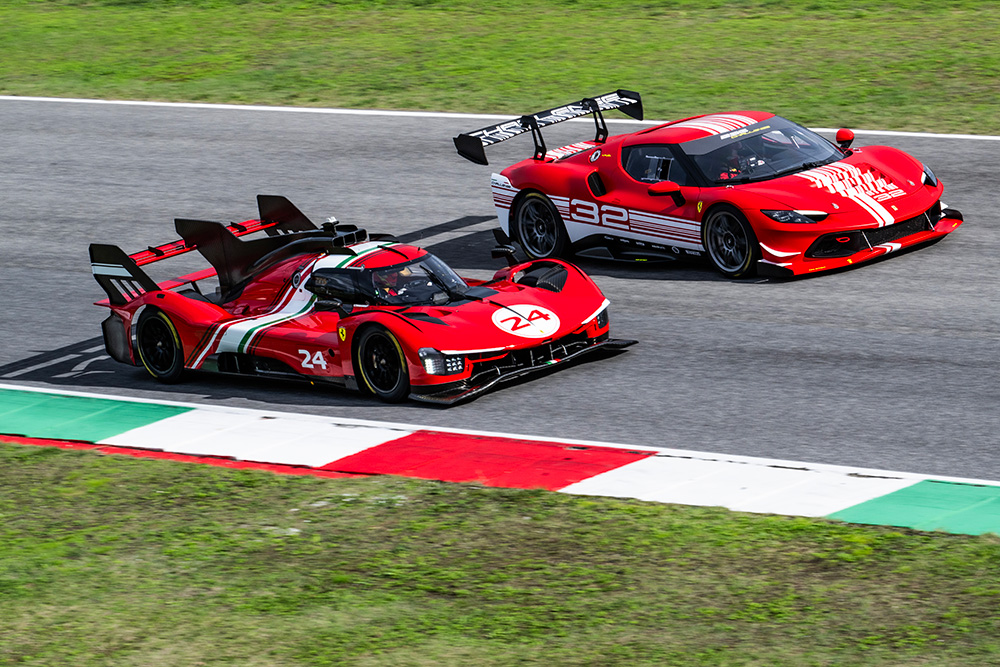
For Alex, the key thing about the Corse Clienti programme as a whole is its sense of community. “The people who you meet, and the staff, are fantastic – I don’t wanna call them my family, but it’s almost like that; I’ve had the same mechanics for the past ten years,” he smiles. “It’s a really good group of people, which is I think a big part of why people come back time and again.”
Olivier loves his role, too. ”I’m lucky to be a part of it all – everyone is together, socialising and making new friends,” he smiles. “It’s super-professional, but it’s kind of a super-family.”
Find out more about the Corse Clienti programme here.
